Winter greenhouse cultivation technology is extremely demanding. In order to ensure a stable supply of fruits and vegetables in winter, it is particularly important to carry out greenhouse maintenance and repair (such as strengthening the greenhouse, repairing equipment, strengthening coverage, etc.) and strengthening production environment control (temperature, light, humidity). the management of key processes also needs to be strengthened, including:
Techniques to promote root growth and seedling vitality include applying high-quality organic fertilizers, earthworm castings, humic acid fertilizers and other fully mature high-carbon composts, or using straw bioreactors to increase soil temperature while replenishing carbon dioxide. For fruit and vegetable crops, shallow to medium plowing can be carried out 1-2 times after planting and before covering with mulch to promote deep roots.
During the low temperature season, the problem of slow root growth can be solved by applying humic acid or seaweed fertilizer to promote root growth and increase root vitality. If the plant growth is weak, sugar-based or amino acid foliar fertilizers can be sprayed on the leaves, or plant growth regulators such as brassinosteroids can be sprayed to enhance the cold resistance of the crops.
Promotion of flower and fruit preservation technology. During winter’s low temperatures and weak light, timely adjustments to plants such as removing the growing points and pruning can prevent excessive vegetative growth. In greenhouses, placing bumblebees or honey bees for pollination is beneficial.
For Solanaceae vegetables, a vibrating pollinator or manual shaking of plants can assist in pollination. For cucurbit vegetables, manually transferring pollen from male flowers to the stigma of female flowers can aid in pollination. The use of plant growth regulators as needed can ensure successful fruit set and normal development during the low-temperature season.
Plant conditioning techniques. The temperature and light conditions in the greenhouse are relatively poor in winter, so the planting density should be appropriately reduced, generally 70%-80% of the greenhouse planting density in spring. For vegetables such as tomatoes and cucumbers, the plants should be adjusted in time, including whole plants, pruning, removing growing points, removing old and diseased leaves, thinning flowers and fruits, improving ventilation and lighting conditions, and maintaining a balance between nutrition and growth. reproductive growth. Especially when encountering continuous cloudy days or sudden cold weather, it is necessary to harvest marketable fruits early and thin the flowers and fruits appropriately to reduce the burden on the plants and enhance the ability of vegetables to resume growth.
Post time: Jan-04-2024





